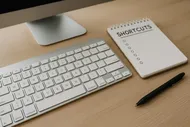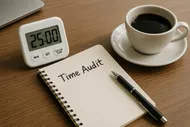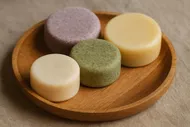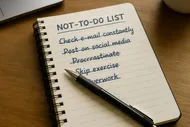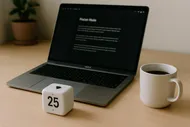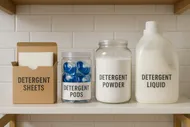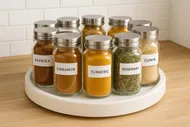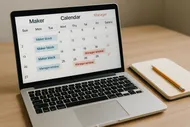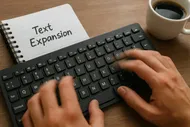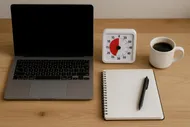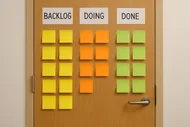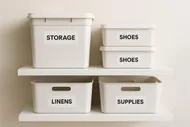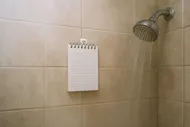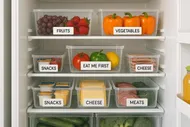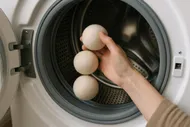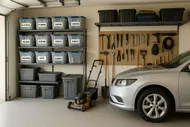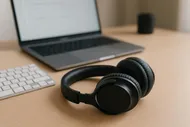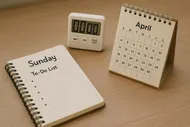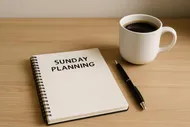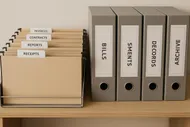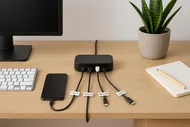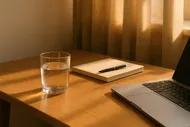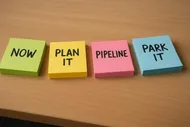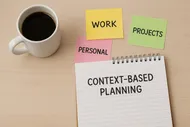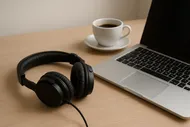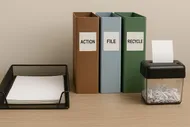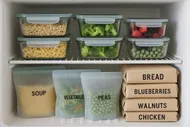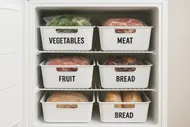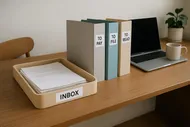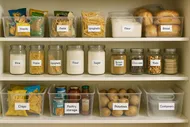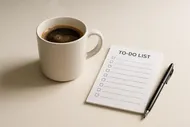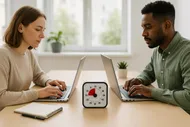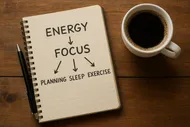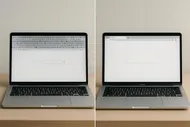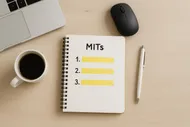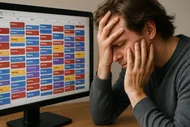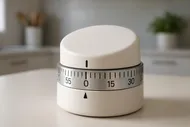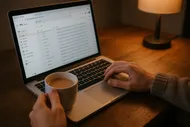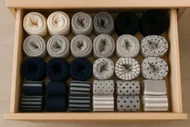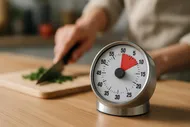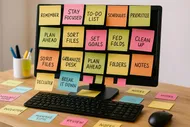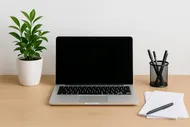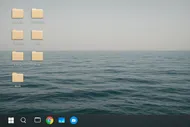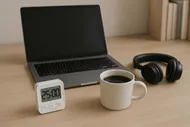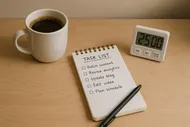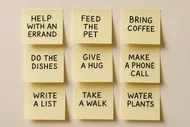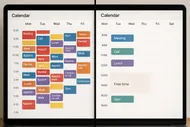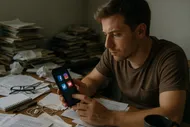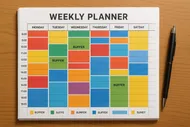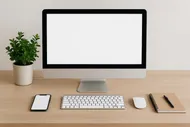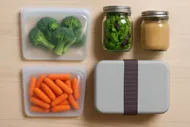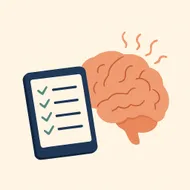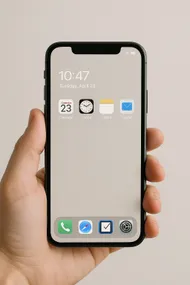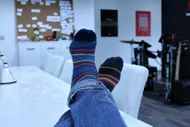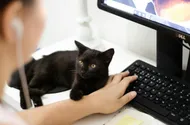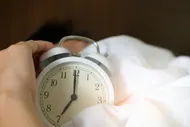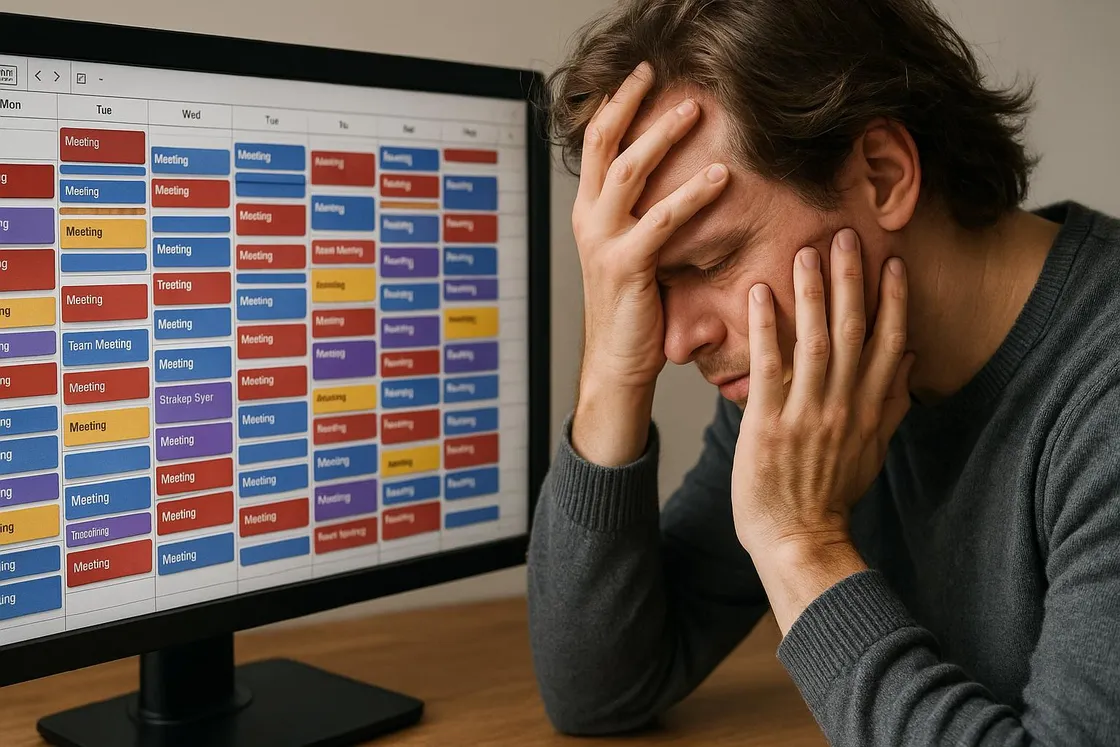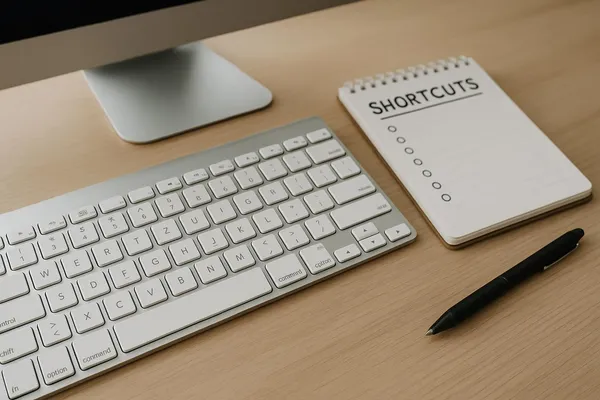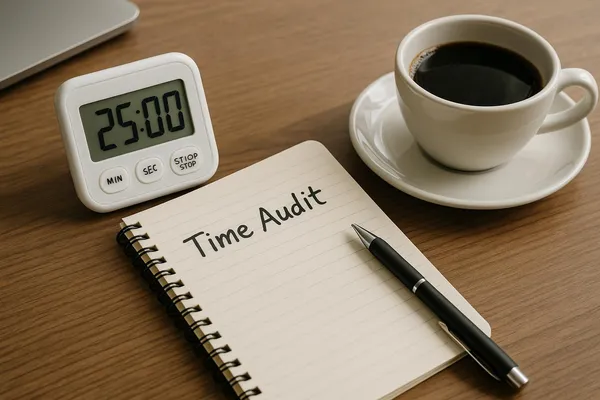You know that moment when a new meeting pops into your calendar with the enthusiasm of a squirrel on espresso? And then another. And another. Suddenly it’s 3 PM, you’ve attended six meetings, and you haven’t touched your actual tasks. Your to-do list is glaring at you like, “Were you planning to do… any of this?”
Been there. Cried there. Ate sad desk snacks there.
Welcome to the world of meeting overload—a place where productivity goes to nap and your calendar looks like a game of Tetris gone very, very wrong. But don’t worry, we’re not here to rage against the calendar gods. We’re here to outsmart them—with boundary-setting tactics, helpful tools, a little humor, and one very petty revenge: reclaiming your focus time like a productivity superhero.
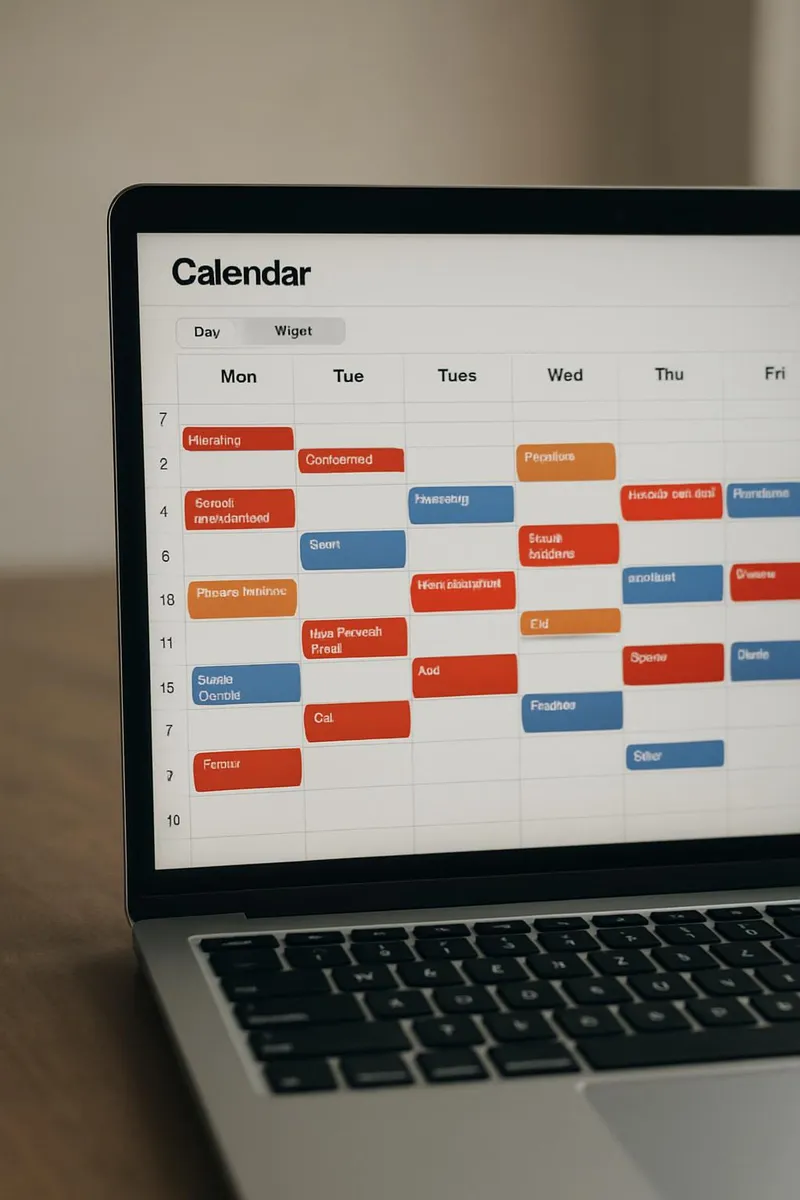
First, Let’s Talk About the Myth of “Just One More Meeting”
Have you ever said yes to a 15-minute meeting thinking, “eh, it’s short?” But then it morphs into a 42-minute detour involving slide decks, opinions from Dave (who is permanently off mute), and zero actionable takeaways?
Yeah, those “just one” meetings are the gateway clutter. Like the first sock on a clean nightstand. You think it’ll stay tidy. It won’t.
More meetings do not equal more productivity. In fact, a Harvard Business Review study found that workplace meetings have increased in frequency and length over the past 50 years, and most people feel they’re a waste of time. A majority! That’s like saying “pouring cereal before checking if there’s milk” is a sensible habit.
So… Why Are We All Still Drowning in Meetings?
Because:
- We’re afraid to say no.
- Sometimes meetings feel like working (they’re not).
- There’s a false sense of FOMO (Fear of Missing Optimization).
- Calendars have become open grazing lands for invites.
Let’s break this down with tactical steps, and yes, a few oddball experiments I’ve tried myself.
Weapon #1: Decline Like a Polite Ninja
Saying no isn’t rude—it’s respectful. To your time, energy, and coworkers who will thank you for not diluting every conversation into 18 calendar events.
Scripts to Borrow:
- “Do we need to meet for this, or could we resolve it via shared doc or Slack?”
- “Can I sit this one out, since my role is more peripheral here?”
- “Could we batch this into one of our existing stand-ups?”
Remember: You’re not rejecting the person. You’re protecting your mental real estate, and that’s prime property, baby.
🧨Calendar Chaos Warning
Just because you can attend doesn’t mean you should. Each meeting you say yes to is a task you’re saying no to.
Weapon #2: Sacred Focus Time (Block It Like a Boss)
Try this: Go into your calendar and block off chunks labeled “FOCUS TIME” or “NO MEETINGS - WORK ZONE.” Make it recurring. Make it bold. Heck, make it purple with a lightning emoji.
Psychologically, people are weird about overriding “already booked” slots, even if it’s just with yourself. Bonus: if you use tools like Google Calendar or Outlook, most will respect these blocks when auto-scheduling meetings.
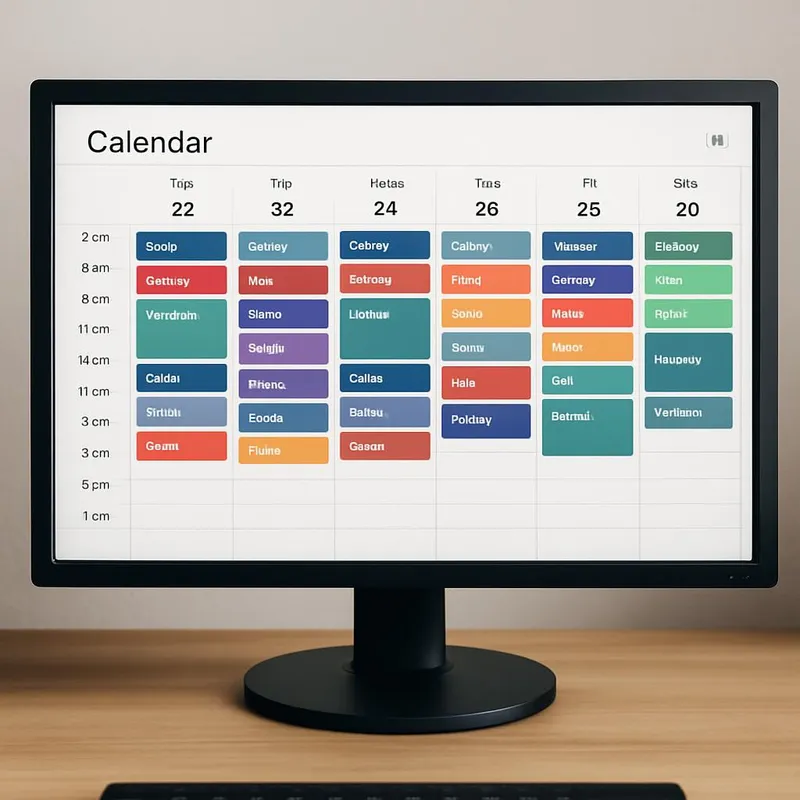
I do this every Friday morning. It’s my sacred zone for writing, editing, and deep thinking—with a side of coffee and zero small talk.
Want to learn more about clearing up your schedule on a larger scale? Take a look at The Great Calendar Cleanse: Detox Your Schedule for More Free Time—it’s a great starting point for trimming the commitment fat.
Weapon #3: Batch Your Meetings (Because Human Context Switching is Trash)
Jumping between brainstorming sessions, budget reviews, and a quick “just syncing” check-in is like running a marathon but changing shoes every half mile. Batching—AKA scheduling similar types of meetings back-to-back—is the mental version of ergonomics.
Here’s how to do it:
- Pick 1 or 2 “meeting days” per week where most discussions live.
- Group similar types: all 1-on-1s? Wednesdays. Project syncs? Thursdays.
- Treat other days as “meeting free zones” for actual deep work.
I started doing this earlier this year, and my Thursdays are bananas, but you know what? Monday, Tuesday, and Friday are magical productivity playgrounds now.
🧠Brain Fact Alert!
Task switching can reduce productivity by up to 40%. Think of batching as clearing the mental runway before takeoff.
Need help understanding why this works better than multitasking? Pop over to Batching vs. Multitasking: Which Actually Works (And Which Just Feels Like Productivity?) for a fun deep dive.
Ever sent 18 emails trying to find a time to meet? That’s a meeting ABOUT a meeting. Very meta. Very avoidable.
Enter: scheduling tools.
Some favorites:
- Calendly – Perfect for sharing your availability and setting boundaries.
- Clockwise – Auto-creates focus time by rearranging meetings intelligently.
- Reclaim.ai – Builds flexible blocks for personal goals (like workouts or lunch!) while managing meetings.
These tools aren’t just timesavers—they enforce your availability for you, like virtual samurai who slash away uninvited invaders into your calendar.
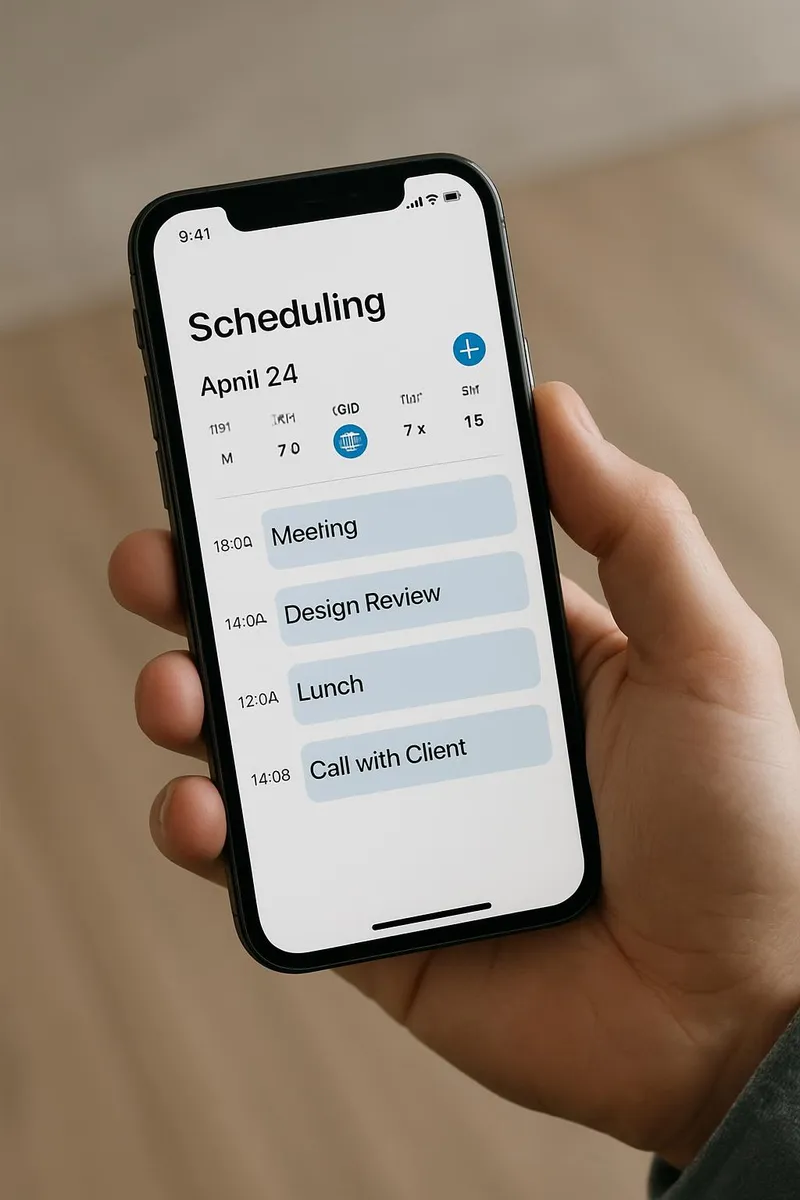
Weapon #5: Declare Meeting Bankruptcy (Yes, it’s a thing)
At one point, I had 22 recurring meetings. TWENTY-TWO. My brain was like a browser with 57 open tabs—mostly frozen, slightly screaming.
So I pulled the plug. I declared “meeting bankruptcy,” paused or canceled every recurring invite, and rebuilt from scratch based on what actually needed to be communal. Spoiler: it was about 25% of them.
If something matters, it will resurface. Trust the process.
🔥Burn It All (Safely)
Cancel all your recurring meetings, then only re-add the ones that serve a clear purpose—from zero. It’s extreme. It’s effective. It’s liberating.
Other Weird Hacks That (Actually) Helped Me
- The Reverse Invite – Ask folks to book you only after you’ve vetted if a meeting’s needed. This puts the effort on them—and filters out fluff.
- The Email Challenge – Reply to a meeting invite with: “Can we resolve this via email?” (This won me back 4 hours in one week.)
- No Cameras Fridays – Trust me, you’ll feel less drained. Also, pants become optional.
- Meeting-Free Mornings – I don’t take meetings before 11AM. It’s when I’m mentally sharpest, and no one needs to see my caffeine-deprived squint on Zoom.

For more unconventional solutions, check out Inbox Zero for Real People (Not Robots or Hermits)—a hilarious guide to taming email clutter, which is basically the cousin of meeting overload.
Let’s Be Real: Not All Meetings Are Evil
Some meetings are the glue. They spark connection, unblock projects, and give us a reason to wear real shirts.
But the rest? They’re like eating chips when you’re not hungry. Temporarily satisfying, ultimately regret-inducing, and leave crumbs all over your metaphorical focus.
Reclaiming your time is an act of self-care, and saying “no” might just make you the most productive (and least burned-out) person in the room.
Try one tip this week. Or all of them. And please share your weirdest, wildest, or most unnecessary meeting moments with me on our Instagram. Bonus points if it involved a three-hour call to decide font size on a slide.
Now go forth—and protect your calendar with the relentless efficiency of a Google Doc autosave.
✅Challenge Time!
Try this: Batch all your meetings into just two days next week. See how much more time you gain—and use it for something that gets you excited, not exhausted.


